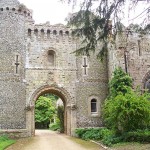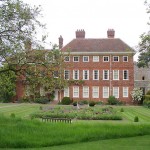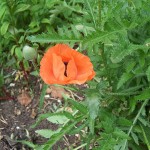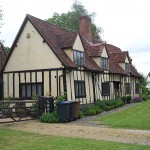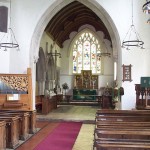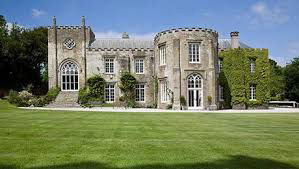 Private (HHA)
Private (HHA)
The house lies on the outskirts of Padstow. The Prideaux family has owned the house and estate for hundreds of years. The house is Elizabethan with 18th century and 19th century additions. In the 19th century a Drawing room, Hall and Library were added, decorated in a Strawberry Hill Gothic style. The tour of the house includes the dining room, panelled in dark oak, the Morning Room, the part-circular Drawing Room, the green Grenville Room, the Library with stained glass window, the hall and cantilever staircase and the Great Chamber with its newly discovered and restored plaster ceiling depicting Susanna and the Elders.
Prideaux Place is still a family home and has interesting furniture and contents. Some items are new and made on the estate.
Outside are various outbuildings to the rear. The stableyard has an exhibition. The attractive gardens have been restored in recent years and contain formal and informal areas. Across the road is the deer park. If you are around at feeding time, you can see the fallow deer run up to get fed. They are very used to the keeper and you may see them lie down and even start dozing off next to the fence.
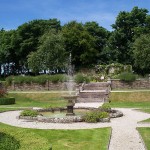
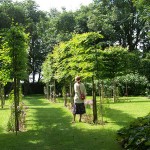
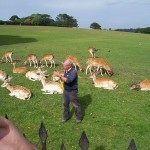
Month: July 2016
Pencarrow, Cornwall
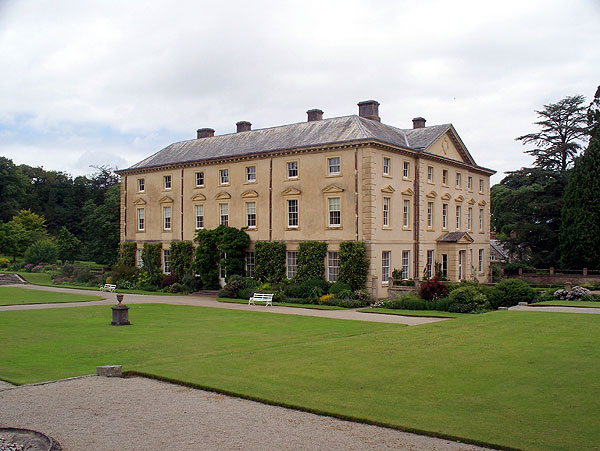 Private (HHA).
Private (HHA).
Pencarrow House and Gardens lie in countryside near Bodmin. The house lies at the end of a valley and was built in the 18th century. Internal alterations were made in the 19th and 20th Century. The Inner Hall contains a cantilevered staircase and a large stove with hidden flue. The tour includes the Music Room (so-called), Entrance hall, Drawing Room, Inner Hall, Pink Bedroom, Nursery, Corner Bedroom, Bathroom, Boudoir, back staircase, Dining Room and Anteroom.
The house remains a family home and contains many furnishings and contents of interest.
The extensive grounds contain a number of features of interest. A walk from the house to the lake via the gardens and returning along the entrance drive with its interesting tree planting takes about an hour. Note the rockery of Bodmin granite and the Mole’s Garden along the stream.
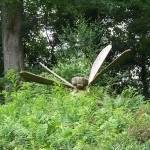
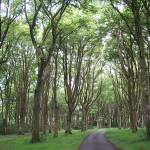
Lydiard Park, Swindon
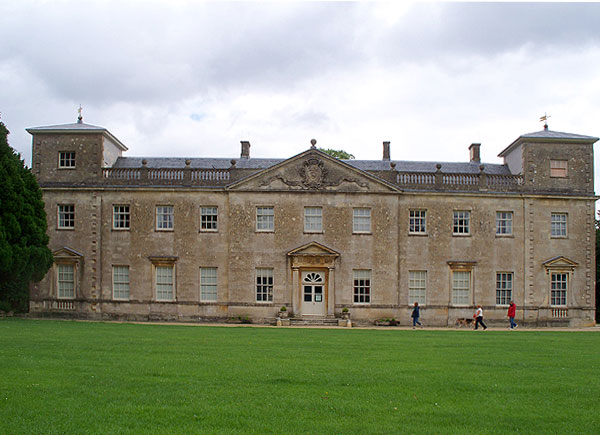 Swindon Borough Council
Swindon Borough Council
Lydiard Park is a grand house standing in extensive grounds to the west of Swindon. The estate was the home of the St John family for several centuries. The house was remodelleded to its present form in the early 18th century. The house was sold and in 1943 was bought by Swindon Borough Council. By this time the house was in poor condition. Town Clerk David Murray John lobbied to preserve the house and park. Over the years most parts of the house have been restored and important contents and furnishings bought back.
Visitors today can see a series of ground floor state rooms, freshly decorated and with contents that are either original or typical of the period. There is a Hall, Dining Room, Library, Drawing Room, State Bedroom and Dressing Room.
Outside, the extensive grounds, which have grassland, tree plantings and a large lake, have also been restored. Note the interesting castellated dam wall at one end of the lake. A church lies immediately behind the house and contains interesting monuments and fragments of medieval wall painting. Note the life size gilded cavalier statue, the St John Polyptich and the stained glass.
Also visit the Walled Garden which contains borders filled with attractive perennials. (Access via the café). The Conference Centre is also said to serve coffee and light refreshments.
Lydiard Park is well worth a visit. Nearest junction off the M4 is J16. You may see signs for Lydiard Park or Lydiard Park and House – the latter takes you close to the house (and conference centre).
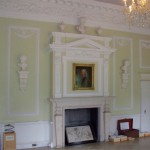

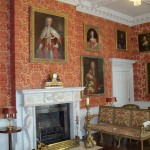
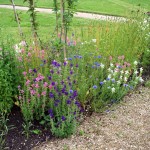
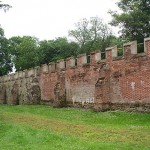
Benington Lordship, Hertfordshire.
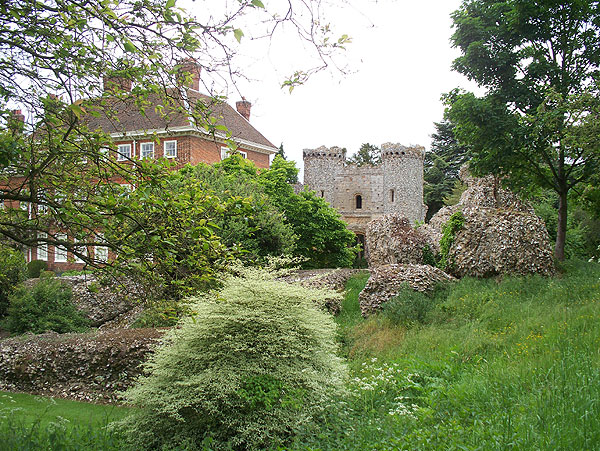 Private.
Private.
Benington Lordship has seven acres of gardens which are opened to the public. There are several sections of formal garden at different levels, plus a large pond, and expanses of lawn.
The substantial house – Queen Anne with early twentieth century extension – is not open to the public. It features a striking attached folly in the form of a ‘Norman’ gateway and arched window. In the garden are the tumbled remains of a castle which once stood on the site.
The gardens are worth a visit if you are in the area. When there, do not neglect to visit the centre of the village containing a number of old cottages, and the church.
Teas are usually available in the village hall nearby.
